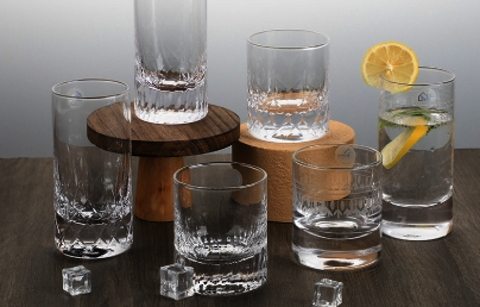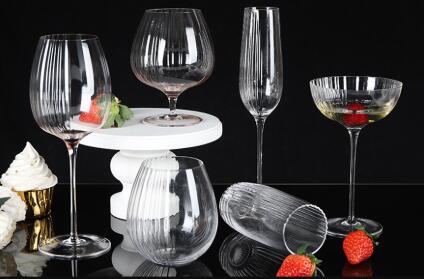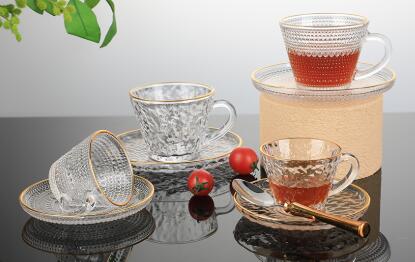Characteristic And Forming Technology Of Turkish Tea Glasses
Pulished on Feb. 26, 2019With the emergence of float glass technology, it is possible to produce large quantities of smooth and uniform high-quality glass, and at the same time, the types of deep-processed glass become more and more abundant. Except the commonly used high-strength toughened glass, there also have frosted glass and dimming glass, which pay attention to privacy protection, dimming glass and wired glass enhanced bullet-proof safety performance. In this article, we will mainly introduce the characteristics of turkish tea glasses and explain its manufacturing process.
1. Characteristics of Turkish Tea Glasses
In modern times, glassware has developed greatly. Glass is transparent and glossy. It has large plasticity, different shapes and wide applications.
Glass tea sets make that tea has bright color, tea leaves keep ups and downsin the whole brewing process. It can be said that it is a dynamic art appreciation. Especially in brewing all kinds of famous tea, the tea set is crystal clear. The buds and leaves are blooming and beautiful. It's very interesting to watch. And glasses are cheap and good in quality, and are welcomed by the vast number of consumers. Glassware's disadvantage is that it is easy to break, hot than ceramics. However, there is also a specially processed toughened glass product, which is not easily broken, usually used in the train and catering industry.
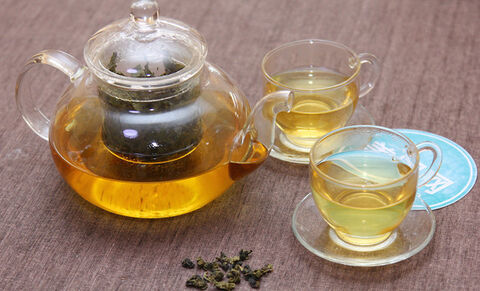
2. Forming Technology of Turkish Tea Glasses
A common forming method in glassware manufacturing can be divided into manual blowing and mechanical blowing. Artificial blowing is commonly known as blowing bubbles. In the 5th century, this technique was introduced from Central Asia to China, which stimulated and promoted the development of glass manufacturing technology in China. Since then, China began to use blowing method to manufacture hollow glass ware, namely glass containers. The method is to dip the glass melt in one end of a copper or iron blower, and then blow the gas at the other end of the blower to form the required device type. Then cut it with scissors. In the process of blowing, the technician's hand must continuously rotate the blowing cylinder. On the one hand, this is to make the glass melt not to be used loss, on the other hand, it is to use the viscous flow of glass to shape the desired shape. In the meantime, they must coordinate and cooperate so that the products can be perfected. It's quite difficult. The size, thickness and shape of glassware depend on blowing controlled.
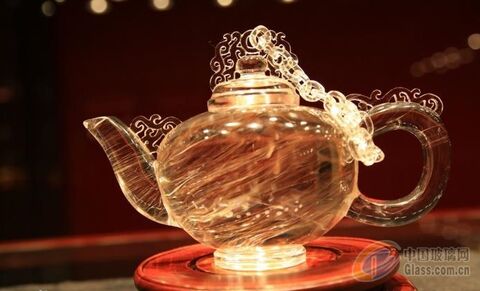
molded blowing: In contrast to non-molded blowing, the hollow model is first made of copper or iron, and then dipped in glass melt with the blower and blown in the mould. Until the melt is fully filled with the inner wall of the model, it is ready to be removed after cooling. So it can be used to make special shape objects .Moulded blowing greatly enriches the shape and artistry of the utensils.







